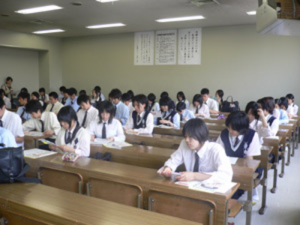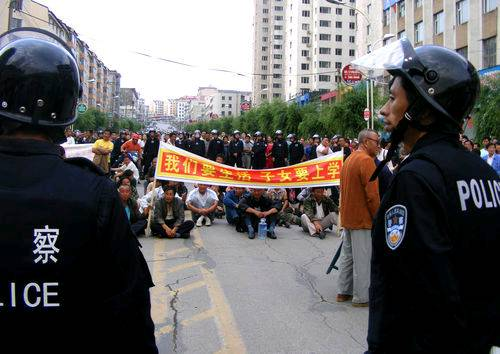Capital and labour from centre to margins
By Henry Berstein, Keynote address at the Living on the Margins Conference, Stellenbosch, 2007
 I am flattered to be asked to address the first session of this conference with two such luminaries as Marty Chen and Ravi Kanbur. They have done serious work in areas central to the themes of this conference, while I have done so only tangentially through my interests in agrarian change – interests pursued within a tradition of political economy of capitalism that centres on the social class relation of capital and labour. Neither capitalism nor class are explicit in the conference motivation1 , while it refers to ‘social exclusion, informality, adverse incorporation, structural poverty, and vulnerability’. These are not novel features of the historical development of capitalism or the ‘normal’ functioning of capitalist societies, but their scale, intensity and effects, for classes of labour today appear closely linked to globalisation. I use the term ‘classes of labour’ to refer to ‘the growing numbers…who now depend – directly and indirectly – on the sale of their labour power for their own daily reproduction’ (Panitch and Leys 2001: ix; my emphasis).2 (more…)
I am flattered to be asked to address the first session of this conference with two such luminaries as Marty Chen and Ravi Kanbur. They have done serious work in areas central to the themes of this conference, while I have done so only tangentially through my interests in agrarian change – interests pursued within a tradition of political economy of capitalism that centres on the social class relation of capital and labour. Neither capitalism nor class are explicit in the conference motivation1 , while it refers to ‘social exclusion, informality, adverse incorporation, structural poverty, and vulnerability’. These are not novel features of the historical development of capitalism or the ‘normal’ functioning of capitalist societies, but their scale, intensity and effects, for classes of labour today appear closely linked to globalisation. I use the term ‘classes of labour’ to refer to ‘the growing numbers…who now depend – directly and indirectly – on the sale of their labour power for their own daily reproduction’ (Panitch and Leys 2001: ix; my emphasis).2 (more…)

